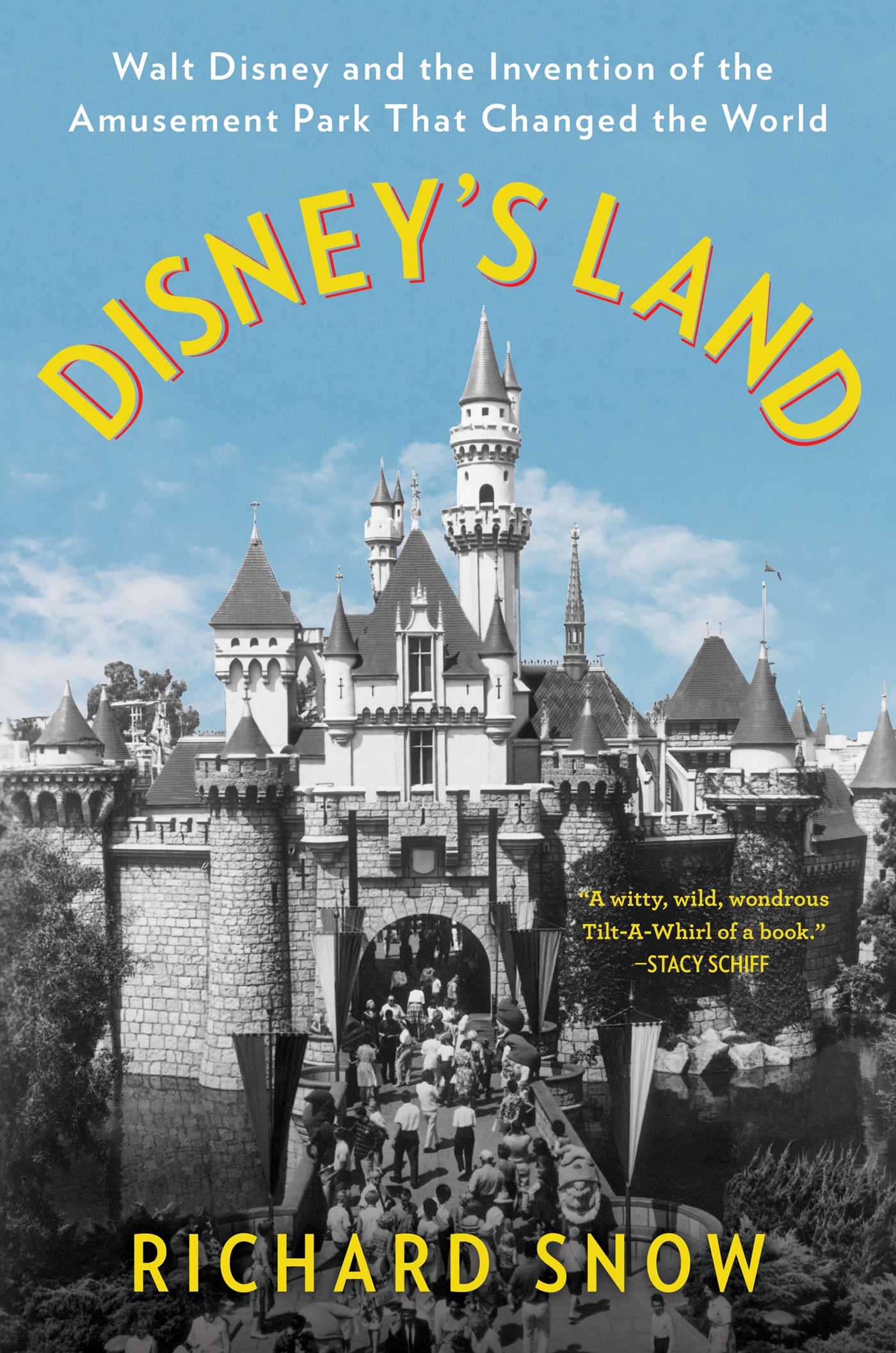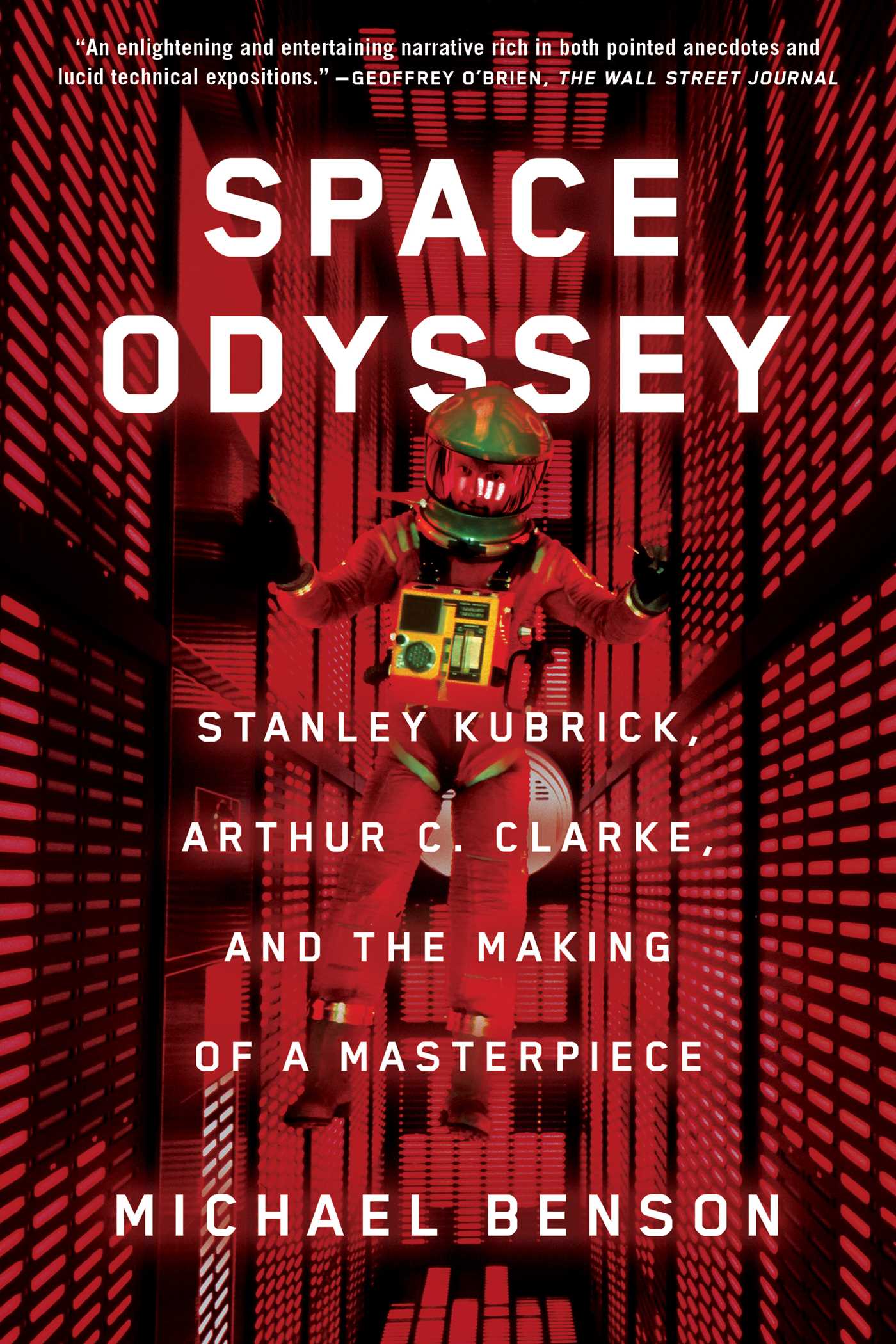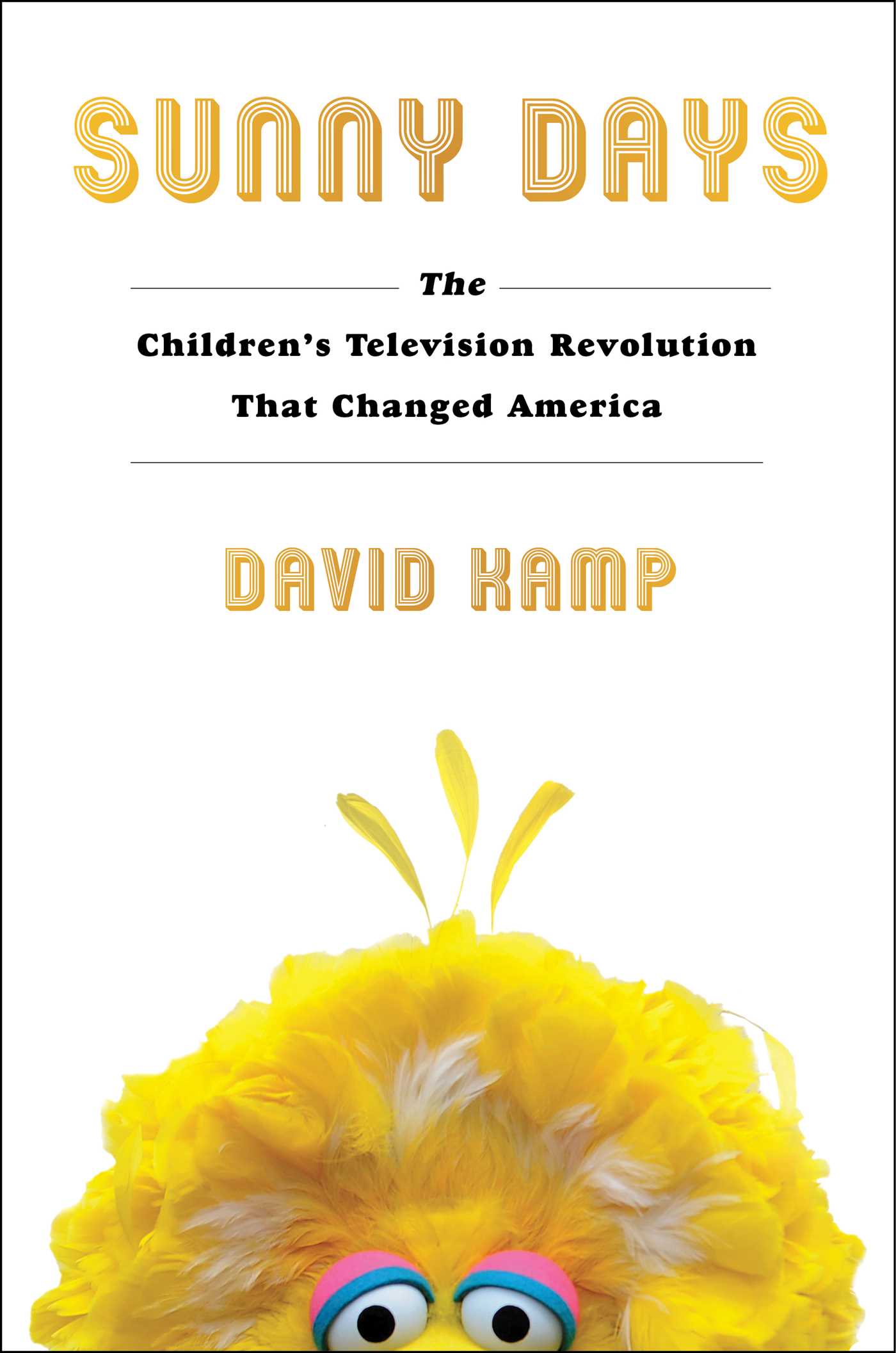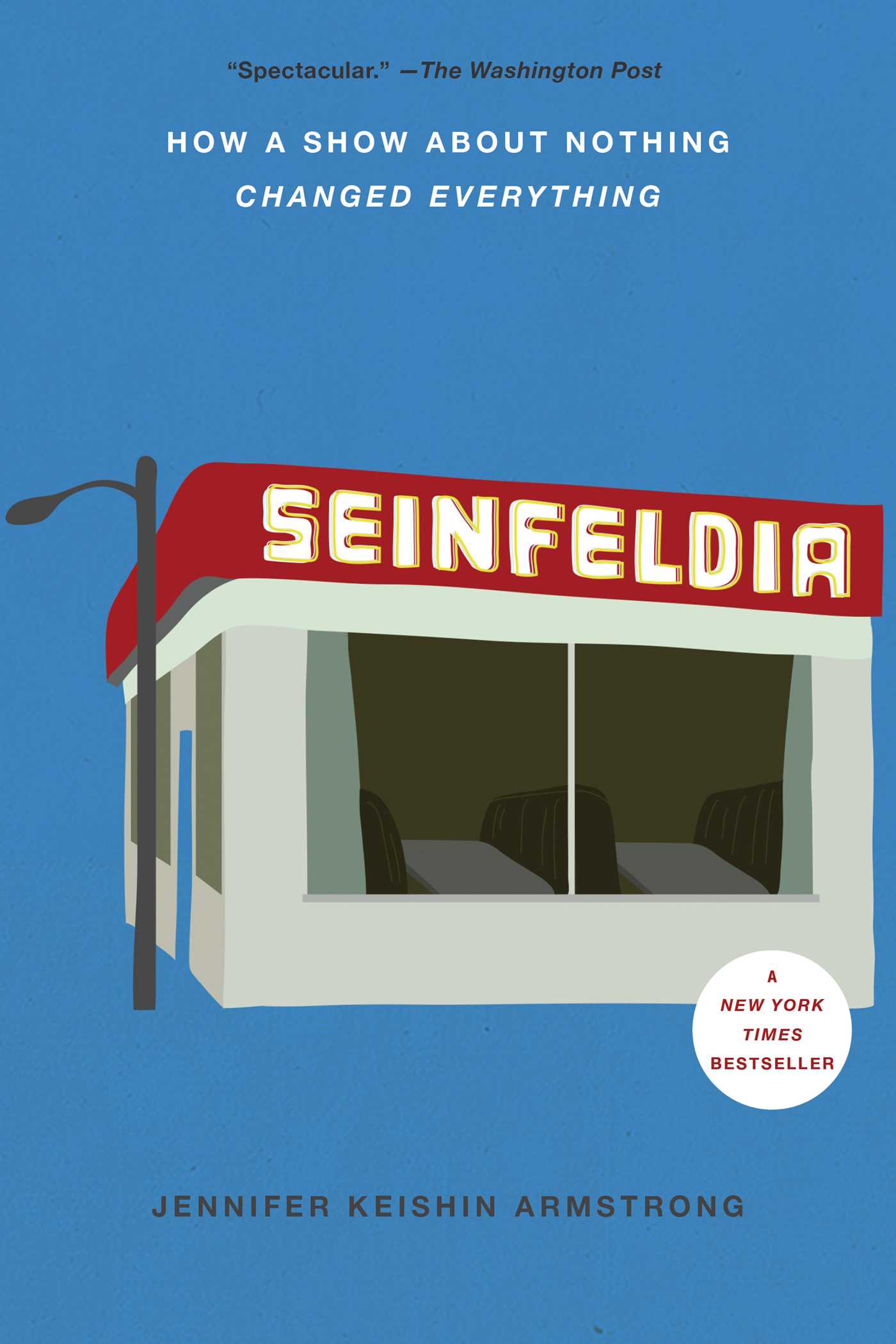From bestselling writer David Kamp, the engrossing, behind-the-scenes story of the cultural heroes who created the beloved children’s TV programs Sesame Street, The Electric Company, Mister Rogers’ Neighborhood, Free to Be...You and Me, and Schoolhouse Rock!—which collectively transformed American childhood for the better, teaching kids about diversity, the ABCs, and feminism through a fun, funky 1970s lens.
With a foreword by Questlove
In 1970, on a soundstage on Manhattan’s Upper West Side, a group of men, women, and Muppets of various ages and colors worked doggedly to finish the first season of a children’s TV program that was not yet assured a second season: Sesame Street. They were conducting an experiment to see if television could be used to better prepare disadvantaged preschoolers for kindergarten. What they didn’t know then was that they were starting a cultural revolution that would affect all American kids. In Sunny Days, bestselling author David Kamp captures the unique political and social moment that gave us not only Sesame Street, but also Fred Rogers’s gentle yet brave Mister Rogers’ Neighborhood; Marlo Thomas’s unabashed gender-politics primer Free to Be...You and Me; Schoolhouse Rock!, an infectious series of educational shorts dreamed up by Madison Avenue admen; and more, including The Electric Company and ZOOM. It was a unique time when an uncommon number of media professionals and thought leaders leveraged their influence to help children learn—and, just as notably, a time of unprecedented buy-in from American parents.
Kamp conducted rigorous research and interviewed such Sesame Street figures as Joan Ganz Cooney, Lloyd Morrisett, Sonia Manzano, Emilio Delgado, Loretta Long, Bob McGrath, and Frank Oz, along with Free to Be’s Marlo Thomas and The Electric Company’s Rita Moreno—and in Sunny Days, he explains how these and other like-minded individuals found their way into children’s television not for fame or money, but to make a difference.
Fun, fascinating, and a masterful work of cultural history, Sunny Days captures a wondrous period in the US when a determined few proved that, with persistence and effort, they could change the lives of millions. It’s both a rollicking ride through a turbulent time and a joyful testament to what Americans are capable of at their best.

















